|
0 Comments
This mouse lives in a magical place,
Where the morning sun slowly sweeps away ice from frozen maple leaves, Where Housefinches skip from branch to branch, Hummingbirds call each other for companionship, Trumpeter swans cheer each other on with honks. Where the Great Blue Heron flies low, the Bald Eagle watches over the Snohomish River, And the Flicker spreads their colorful wings. Where mallards swim together in circles, And a Cinnamon teal might be seen. Where endless bird poop can be found. Where Caddisfly larvae uses silk to make a protective case out of gravel, sand and tiny pieces of plants, so strong they are hard to pull apart. Where Cedars make great hides But less mindful visitors leave their tools and lunches Decorating logs with sprayed art. Where Beavers snack on young Cottonwood branches Leaving behind their tracks to observe Where Coyotes go swimming in the icy cold river Taking a long time to build a fire afterwards Where Bob saved the place from development His death marking the end of the Golden Age of Steelheading. This mouse lives in a magical place. Listened to Carrie Harwood, "Plants Have Microbiomes Too: Plant-Microbe Communication in Cottonwood Trees" on Zoom tonight.
It was a webinar by the WNPS. It sounded very interesting, but I didn't know enough to make all that much sense of it. I mainly learnt that there is a Deportment of Energy that has top secret labs around the US and is experimenting on Cottonwoods and some other plants. BP apparently also experiments on some - you might have heard of algae as one future source of energy, but it sounded it is still a bit early for major discoveries. Here is some more information from the WNPS website: All plants have beneficial bacteria and fungi living on them and in them. Plants have microbiomes. Microbes can increase plant growth and confer resistance to pathogens. Cottonwood (Populus) is a dominant perennial component of temperate forests, has the broadest geographic distribution of any North American tree genus and is a model woody perennial organism being studied by the US Department of Energy. Carrie will describe a large project that is being carried out by the Department of Energy on Plant-Microbe Interfaces. Its goal is to characterize interactions between Populus and its microbial community with the idea that such information will set the stage to better understand ecosystem responses to climate change, the cycling of carbon on earth and the management of a renewable energy source. This talk will present a broad overview of how we do the research and of major things that we have learned. It will not be a detailed technical talk. Carrie Harwood is an expert in the care and feeding of bacteria. Especially the kinds of bacteria that like to live near, in and on plants. She states her knowledge of plant biology is weak. She took a botany course in college 45 years ago, but nothing since then. But she notes we are always learning! That’s why she likes this project so much. She has been a Professor in the Department of Microbiology at UW since 2005 and before that spent 15 years as a Professor at the University of Iowa. A large part of her time is devoted to running her research laboratory – which overlooks the Montlake cut. She studies fundamental questions in bacterial physiology including how bacteria sense surfaces, how bacteria survive long-term starvation and biofuel production by bacteria. Fun activity I want to save for later:
https://quizlet.com/403266963/pnw-plants-flash-cards/ How did the Oakmoss (Evernia prunastri) get under the hazel?
And do lichen grow on specific trees? I also discovered the mysterious plant shining in the light was a wall lettuce, which I always confuse with nipplewort and also sow thistle. I reviewed some plant descriptions. Feathers:
https://www.birdsoutsidemywindow.org/wp-content/uploads/2019/12/diagram-in-english_rsz1024d.jpg My Stellar's Jay feather might be a wing feather. My name is Christine (she/her) or Biene. I'm very excited to join
Anake this year as my longing for more connections with the natural world and other people has steadily increased during the pandemic. Growing up I roamed the woods in the Bavarian alps, climbing my favorite spruces, observing the little creek, falling in and breaking my collarbone (ask me about the fish), playing house under the hazel, snacking on dock and purple dead-nettle with my best friend, chasing dandelion seeds, picking grapes, apples and berries, in awe with Nature. In 4th grade I finished my school's scavenger hunt first. It was held in my woods, a home game for me. After college I worked in Marketing and Internet StartUps, produced an Astrology show and sold wine and delicacy online. I moved to West Seattle in 2004, where I raised my Climate Action Family, built the West Seattle Bee Garden, started the West Seattle Coworking space, and work as a bookkeeper for the Community School of West Seattle, currently closed during Covid, which allows me to join the Anake program. In 2016 I got my mind blown attending Art of Mentoring at WAS, rolling in mud, chasing the Golden Elixir (GE) with a bunch of fun Canadians that I made say 'about' a lot. It was the highlight of my summer, being playful, rekindling with my childhood passions and the following year I wanted to do Anake, but there was just too much going on in my life, so I joined the Tracking Intensive and the Wild Plant Intensive the following year, became a Native Plant Steward and Master Forest Steward. I volunteer for the Green Seattle Partnership, the Bee Garden, South Sound Nature School and Seattle Tracking Club. I love learning, becoming more humble with each day and hanging out with other Nature nerds. I am fascinated by all things Nature and a few of my favorites are chickadees, mason bees, huckleberries, nettles, deer mice, madrones, hoverflies, crows, maidenhair fern, lupines, ghost pipes, spittlebugs, racoons (we Germans call them 'wash bears'), sphagnum moss, oaks, horsetail, yarrow and thimbleberries. My all time favorite pastime is going on wanders and foraging with friends. Found these beauties on our daily evening walk and loved how the light fell on them. I tried to ID them but couldn't find them yet. Back home I did some yard work and then find the flowers in the very back of our yard. So exciting!
|
AuthorCurious Bee. Forest Steward. Nature Nerd. Climate Activist Mom. Categories
All
Archives
February 2024
|









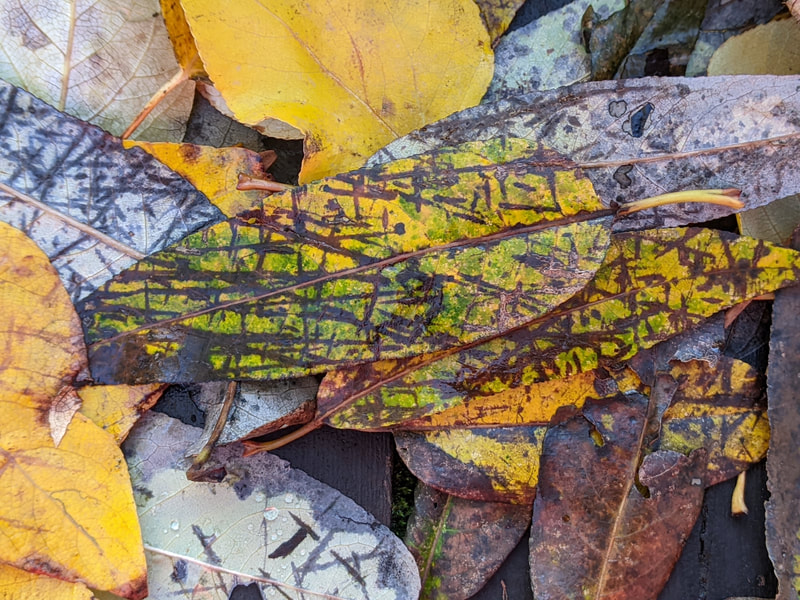

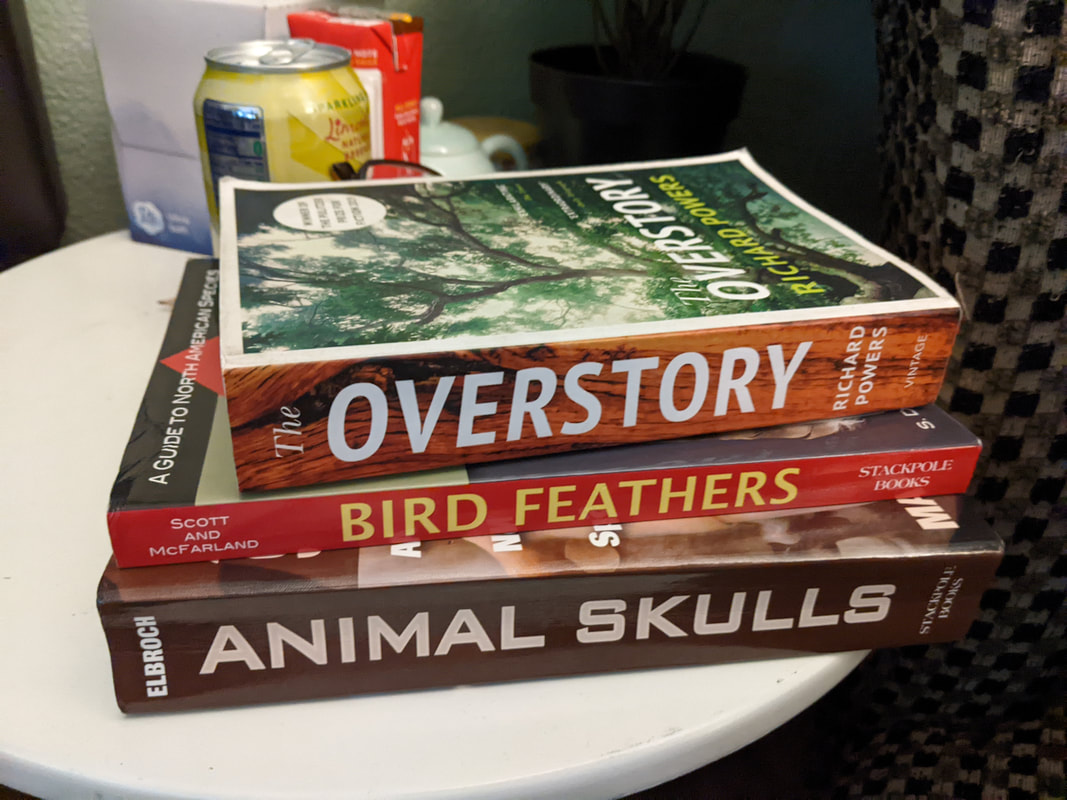

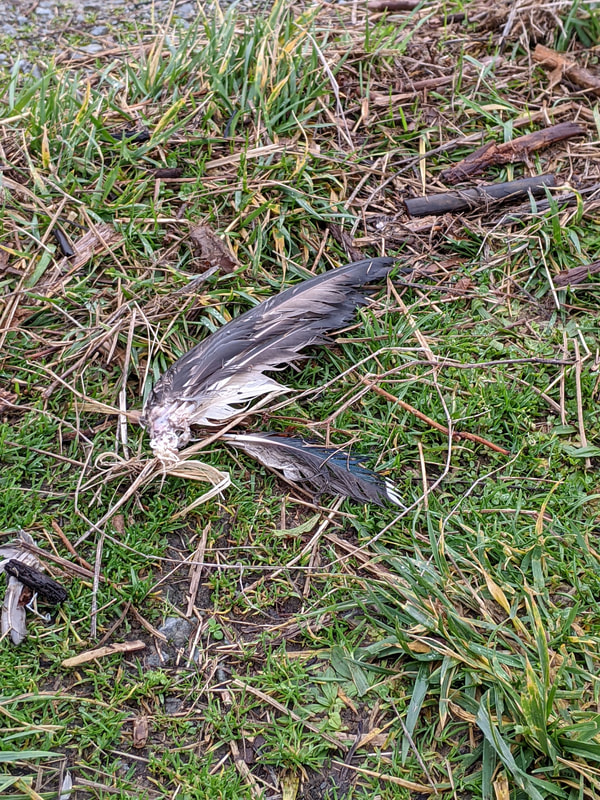












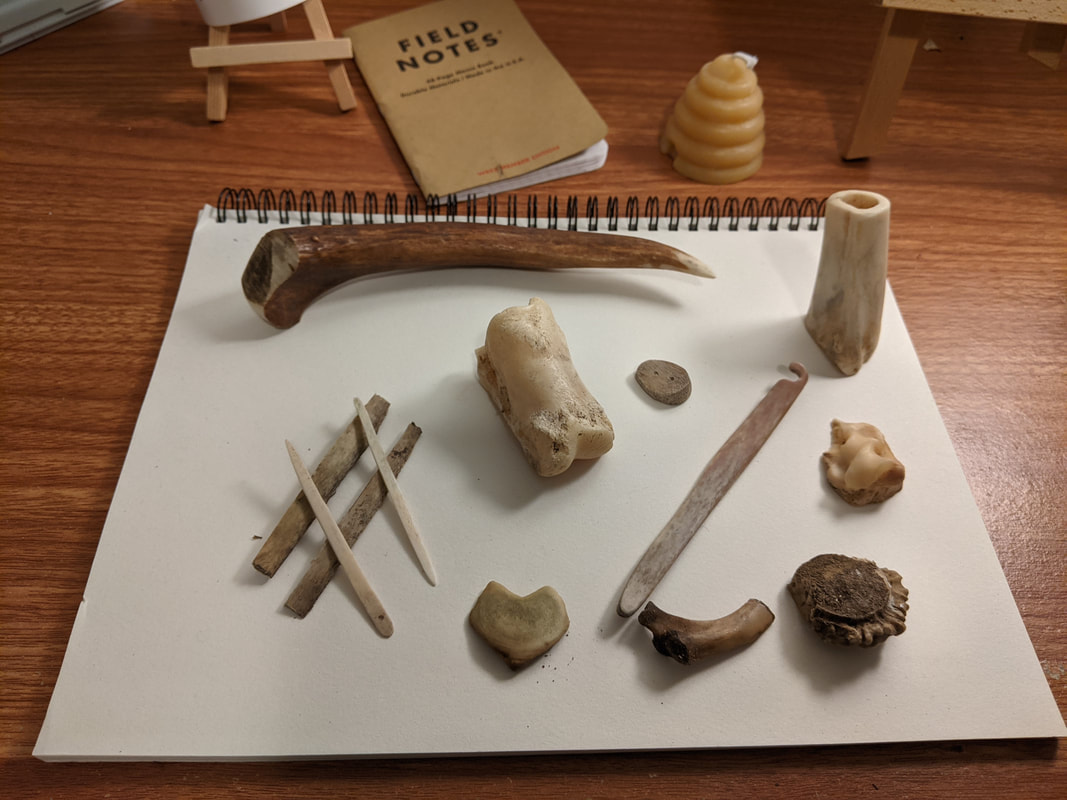



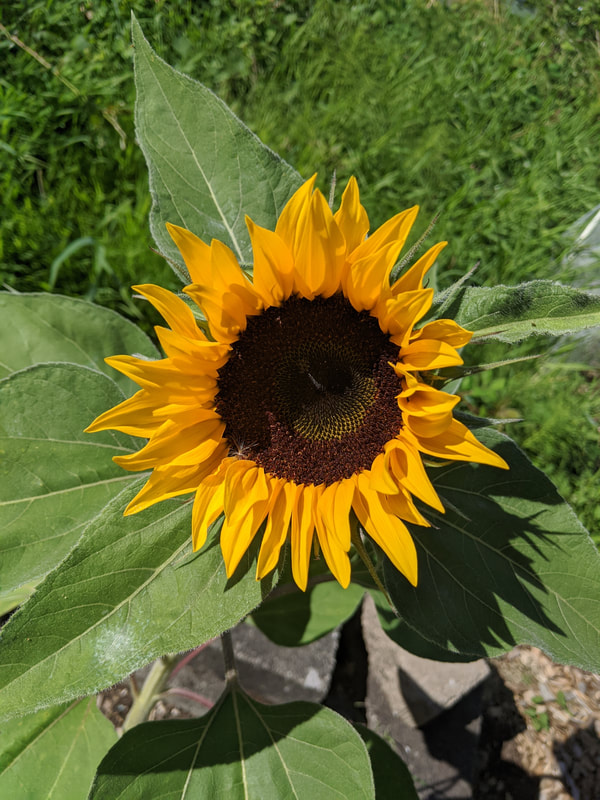














 RSS Feed
RSS Feed
